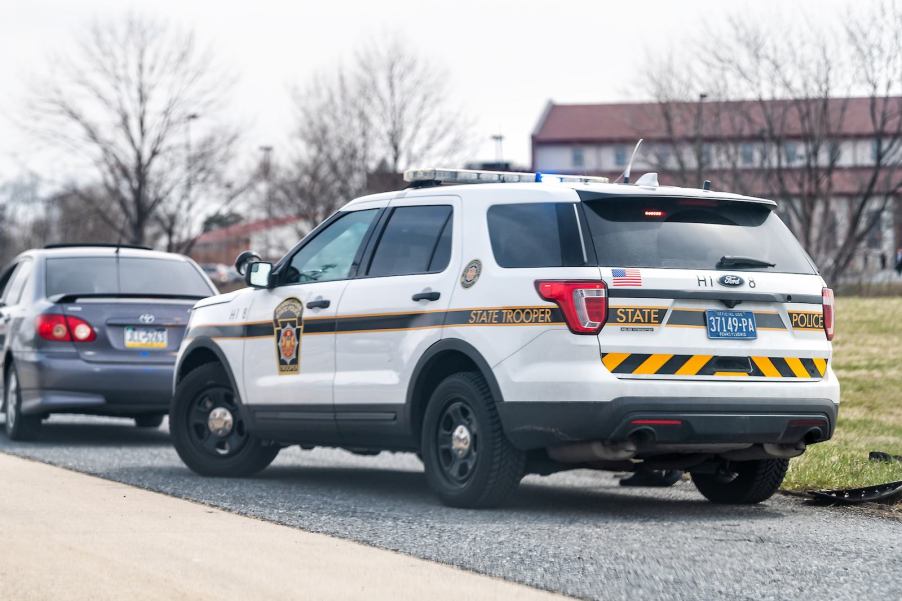
The Real Reason the Police Park at an Angle When They Pull You Over Is Brutal
So you got pulled over on the highway the other day. You stopped in the breakdown lane and watched the police car pull in behind you and noticed something odd: the officer parked their car at an angle, with the nose pointing into the road. This isn’t to make a quick getaway: It gives the police officer a sliver of a chance of surviving if someone rear-ends their car while they’re at your window. And it gives them some extra cover if you try to shoot them.
For a police officer, even a basic traffic stop can be deadly. There are a ton of different calculations they must make as they pull you over, park, and walk to your window. Based on the width of the road and the speed of traffic passing by, they’ll decide how to park their cruiser. On an extremely narrow shoulder, they may park directly behind you, facing in the same direction. With a bit more space, they may park offset just a bit, but facing in the exact same direction as you. When there’s room, many police officers will choose to angle their car behind yours.
The reason for this that I’ve heard several people repeat is that the angled car creates a sort of “protective barrier.” If a driver nods off at the wheel, doesn’t see the cop’s car, and plows into it they’ll supposedly “bounce” back into traffic. This probably isn’t true.

If someone were to rear-end the cop car at full speed, the impact would break the tires’ traction loose and toss the parked car forward. It wouldn’t make any difference which way the parked car was facing. It would probably injure you and could kill the police officer.
The police officers resource website, “Blue Sheep Dog,” writes that a collision would have to be at very low speeds for the angle of the police car to make any difference. But the angle of the car does create a wider “safety lane.” It’s more of a psychological tactic, it forces approaching drivers to move over more, making them less likely to strike the officer standing by the suspect’s window.
The primary reason to angle a police cruiser is much more brutal. If a police officer parks in the exact same direction as a suspect’s car, gets out, and closes their door, they are fully exposed to gunfire from the suspect’s vehicle. If their cruiser is angled, then taking cover is as simple as ducking down. This puts the car’s engine block, the part of it most likely to stop a bullet, between the officer and suspect.
Once the officer leaves the safety of their car and walks to the suspect’s window, they are fully exposed. But this is just another brutal reality of the job our brave police officers do every day.
Next, read about the trucker who saved a police officer trapped after a collision, or learn the ins and outs of the country’s most common police interceptor in the video below:



